|
|
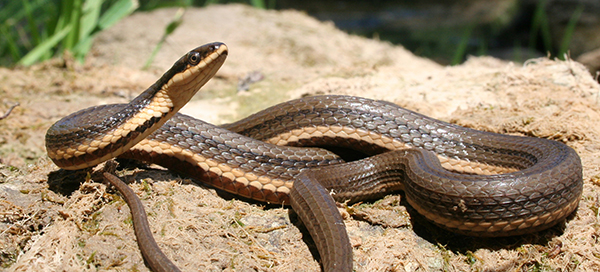 |
Spring species ID challenge
Were you able to identify the species in our spring newsletter? The correct answer is a queensnake (Regina septemvittata). Queensnakes are currently listed as endangered in Ontario. This species is olive brown to grey with three darker stripes that run along its back, and two additional dark lines that run along the length of its cream-coloured belly. Queensnakes live in creeks, streams, rivers and sometimes marsh habitats. They almost exclusively feed on crayfish that have recently molted. You can learn more about this species and read guidelines for stewardship activities here.
|
 |
|
|
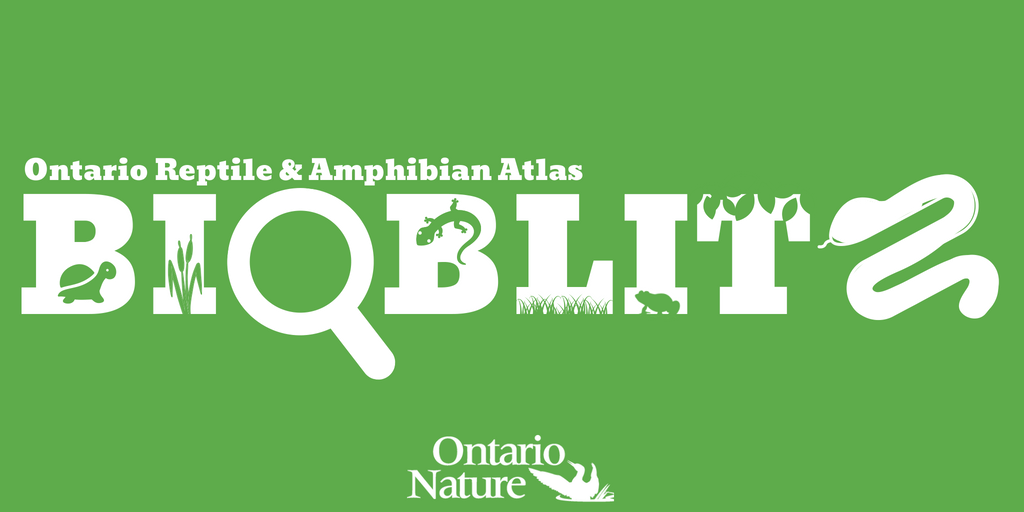 |
Ontario-wide Reptile and Amphibian BioBlitz
Ontario Nature hosted an Ontario Reptile and Amphibian Atlas BioBlitz over three weekends in May and June where participants were encouraged to submit their sightings. In addition to contributing to an important conservation initiative, each sighting submitted earned participants points to win exclusive prizes. We are excited to announce that the results from the BioBlitz challenge are in!
A total of 393 people participated in the blitz, with 43 different species of herpetofauna observed over the three weekends and 1,032 new records submitted to the atlas! We had submissions from across Ontario, with 80 “square changers”. "Square changers" include new records submitted in historic (red) squares – these are areas where a species hasn’t been observed in over 20 years. Or records submitted in blank squares – areas where a species has never been reported. Additionally, participants submitted 14 sightings of one of our priority species, the elusive eastern hog-nosed snake (Heterodon platirhinos).
The winners of this year’s challenge are:
1st place: Beausoliel Island team with 91 points
2nd place: Chevaun Toulouse with 52 points
3rd place: Amanda Bennett with 45 points
4th place: Amelia Argue with 44 points
5th place: Joshua Feltham with 33 points
6th place: Matt Keevil with 32 points
Thank you to everyone who participated in this event and for continuing to support the atlas. Stay tuned for details about the 2019 Ontario Reptile and Amphibian Altas BioBlitz challenge. And if you haven’t already, download our app to submit your sighting in less than a minute!
Thank you to the Biodiversity Education and Awareness Network and Blazing Star Environmental for generously supporting this event and to Scales Nature Park, Toronto Zoo and Patagonia for donating prizes.
|
 |
|
|
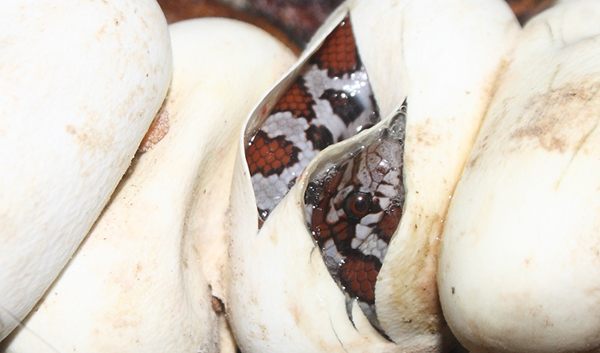 |
Do snakes lay eggs?
In Ontario, baby snakes start appearing in late summer and early fall. But, where are these babies coming from? We know that turtles hatch from eggs, so of course snakes would too…right?
That’s often true. Globally, about 70% of snakes lay eggs, and many species of Ontario snakes are egg-layers. However, some of our native species are ovoviviparous – this means that eggs develop and hatch inside of a mother snake’s body, and she gives birth to live offspring!
This adaptation allows these snakes to live in cooler climates. When a snake lays eggs, a lot is left up to chance. The eggs might be eaten by a predator, they might get too cold or too hot to incubate properly, or they might get too wet or too dry. When the eggs develop and hatch internally, the mother snake is in complete control. She can escape hungry predators, and can find the perfect location to keep her eggs at the right temperature. This can increase her chances of successfully producing offspring.
Gartersnakes, ribbonsnakes, watersnakes, Dekay’s brownsnakes, red-bellied snakes, queensnakes, and Massasaugas all give birth to live young. Watch for baby snakes this fall and be sure to report them to the atlas!
|
 |
|
|
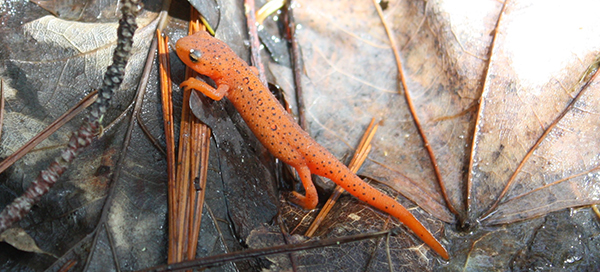 |
Test your identification skills with our new online modules
If you want to practice and perfect your Ontario reptile and amphibian identification skills, look no further! Ontario Nature, in partnership with the Ontario Reptile and Amphibian Survey Course, has developed a series of identification quizzes for frogs, turtles, salamanders, snakes and Ontario's only lizard, the five-lined skink. Each quiz has two levels, offering opportunities for budding and experienced herpetologists to test their skills. The online modules can be viewed here.
|
 |
|
|
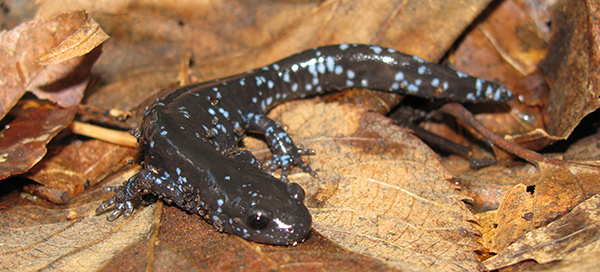 |
The Secret Lives of Salamanders
Do you have a beak? Webbed feet? Claws? Feathers? If you said no to any of these questions, you probably aren’t an expert on where to find salamanders in the wild.
High school-aged youth interested in learning more about the biology of these secretive creatures are invited to participate in Ontario Nature’s ninth annual Youth Summit for Biodiversity and Environmental Leadership. The summit is held from September 21-23, 2018 at YMCA Geneva Park in Orillia. This event engages 100 high school students from across Ontario for a weekend of activities, including the popular Secret Lives of Salamanders workshop. This hands-on workshop will teach participants how to identify the twelve species of salamanders found in Ontario, with tips and tricks for finding them in a variety of habitats.
Registration for the Youth Summit is full, but if you’re a high school student interested in attending contact Christine to be placed on the waiting list.
|
|
|
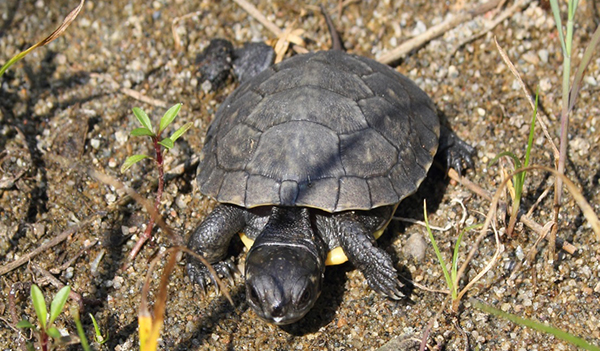 |
Species Challenge:
Can you name me? |
 |
|
|
|
|
|
|
|
|